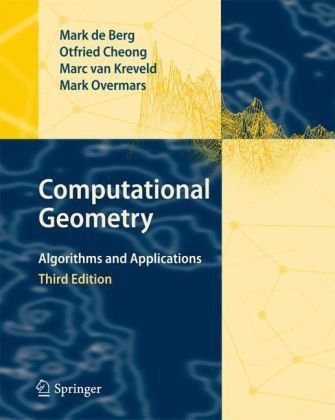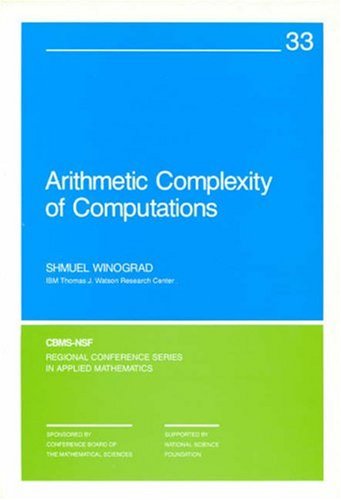Prof. Dr. Mark de Berg, Dr. Otfried Cheong, Dr. Marc van Kreveld, Prof. Dr. Mark Overmars (auth.)978-3-540-77973-5, 978-3-540-77974-2
Computational geometry emerged from the ?eld of algorithms design and analysis in the late 1970s. It has grown into a recognized discipline with its own journals, conferences, and a large community of active researchers. The success of the ?eld as a research discipline can on the one hand be explained from the beauty of the problems studied and the solutions obtained, and, on the other hand, by the many application domains—computer graphics, geographic information systems (GIS), robotics, and others—in which geometric algorithms play a fundamental role. For many geometric problems the early algorithmic solutions were either slow or dif?cult to understand and implement. In recent years a number of new algorithmic techniques have been developed that improved and simpli?ed many of the previous approaches. In this textbook we have tried to make these modern algorithmic solutions accessible to a large audience. The book has been written as a textbook for a course in computational geometry, but it can also be used for self-study. |
Table of contents :
Front Matter….Pages i-xii
Computational Geometry….Pages 1-17
Line Segment Intersection….Pages 19-43
Polygon Triangulation….Pages 45-61
Linear Programming….Pages 63-93
Orthogonal Range Searching….Pages 95-120
Point Location….Pages 121-146
Voronoi Diagrams….Pages 147-171
Arrangements and Duality….Pages 173-190
Delaunay Triangulations….Pages 191-218
More Geometric Data Structures….Pages 219-241
Convex Hulls….Pages 243-258
Binary Space Partitions….Pages 259-281
Robot Motion Planning….Pages 283-306
Quadtrees….Pages 307-322
Visibility Graphs….Pages 323-333
Simplex Range Searching….Pages 335-355
Back Matter….Pages 357-386 |







Reviews
There are no reviews yet.